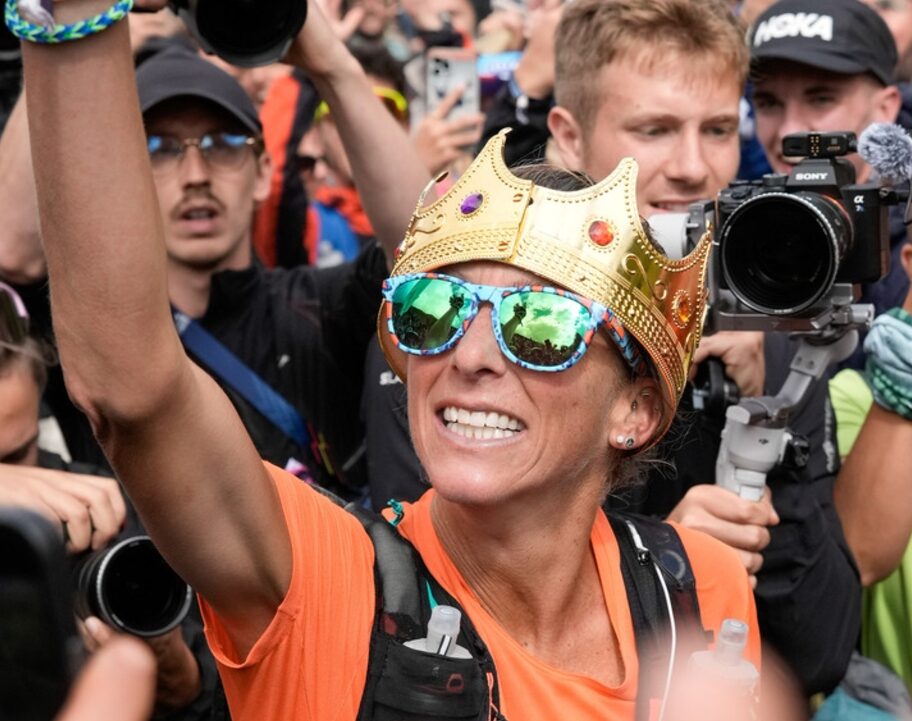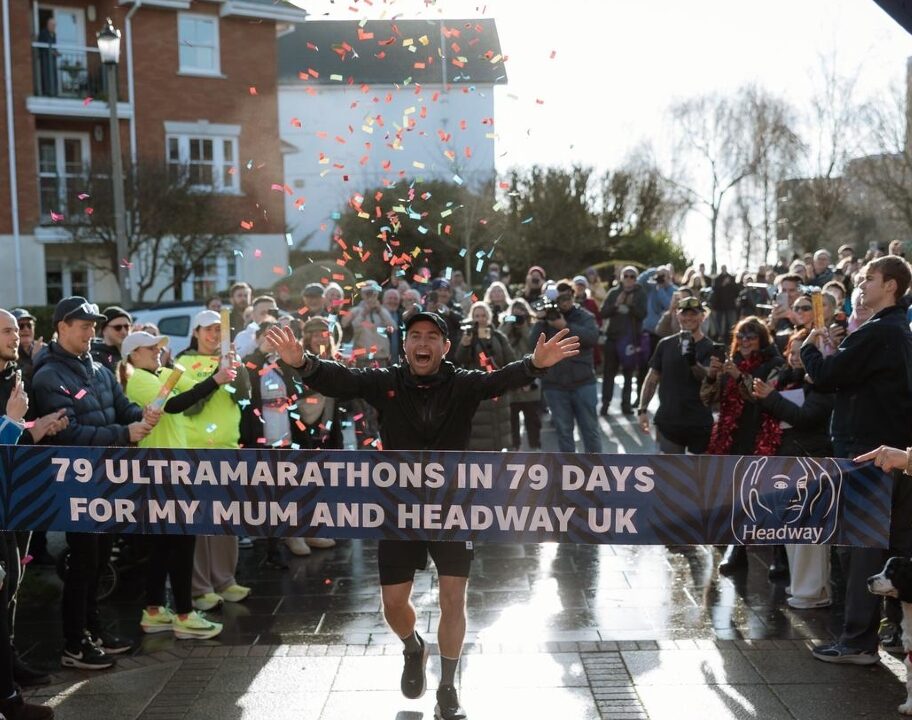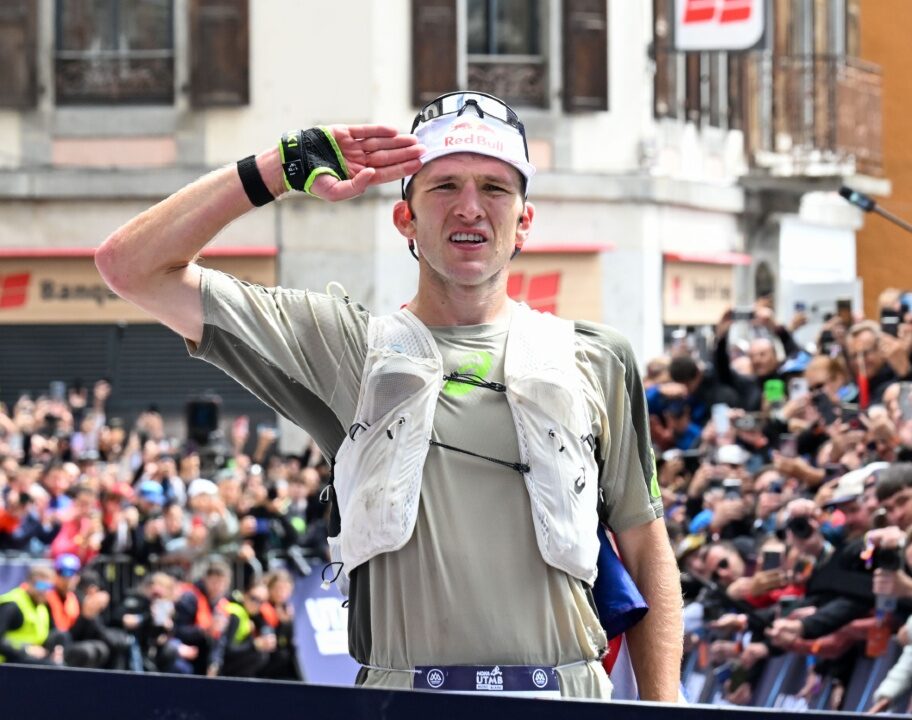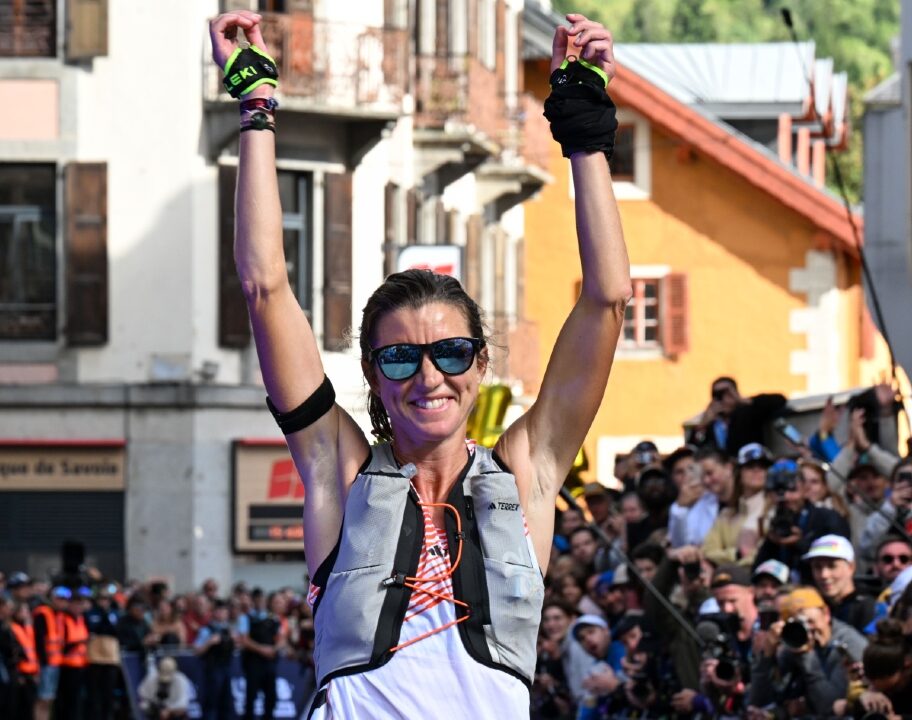Deliberately obscure, and designed to be near-impossible to finish. The Barkley Marathons is perhaps one of the most famous events that everyone knows next to nothing about – even after Jasmin Paris became the first woman to ever finish in 2024,
The start date is kept secret for all but the 40 runners brave enough to try and tame the Barkley beast. The route changes year on year, and is kept under wraps until the 11th hour. There’s no marketing. Certainly no social media, beyond a few obscure X posts that hint at what’s unfolding in Frozen Head State Park each year. And while its said to be 100 miles in total, the absence of GPS or tracking means no one really knows just how long the Barkley Marathons is.
The Barkley Marathons border on the mythical in the world of trail running. And having claimed even the most experienced of trail runners as DNF victims, several times over, beating the Barkley is something that many still strive to achieve.
We take a look back at the story behind the world’s toughest foot race – from how it all started to what makes it so difficult.
Barkley Marathons: How – and why – did it start?
Given that it attracts some of the very best ultra runners in the world, you might expect that the creation of the Barkley Marathons was inspired by some form of sporting feat. But it was actually the product of a jail break.
Frozen Head State Park was once home to the Brushy Mountain State Penitentiary. A maximum security jail, where the inmates included James Earl Ray – the convicted assassin of Martin Luther King. In 1977, Ray made his escape from the prison. But faced with the clawing undergrowth and the wildly unforgiving terrain that surrounded the jail – only managed to cover 8 miles in 54 hours, before being found. Reportedly face down in the undergrowth, defeated by the elements.
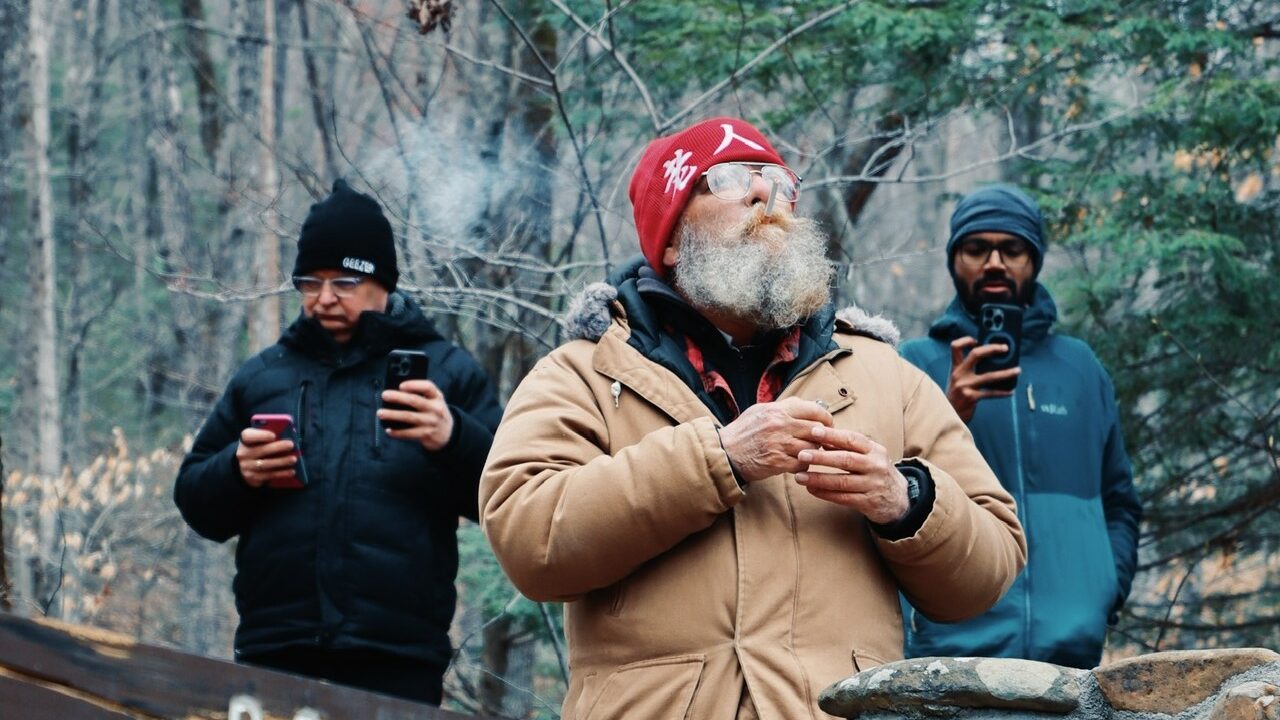
In 1985, Gary Cantrell – now known as Lazarus Lake – was reading about Ray’s attempted jail break. Unimpressed by the escapee’s mileage, he reckoned he could have covered at least 100 miles. And just like that, with input from his friend Karl “Raw Dog” Henn, the idea for the Barkley Marathons was sparked.
Who is Lazarus Lake?
Lazarus Lake has become a legendary figure in the world of trail running. While he’s most famous for being the creator – and the gatekeeper – of the Barkley Marathons, his race roster also includes events such as Big Dog’s Backyard Ultra, the Barkley Fall Classic, Strolling Jim 40, Vol State 500k and Heart of the South Mystery Run. Watch a few of the Barkley Marathons documentaries, and you’ll discover what a truly unique character Lake is.
Read more about the man behind the Barkley Marathons.
When was the first Barkley Marathons?
The first Barkley Marathons took place in 1986. The event was named after Lake’s neighbour and friend, Barry Barkley, who was a keen ultrarunner himself. The first incarnations of the Barkley were shorter than today’s version. Runners were tasked with covering around 50-55 miles, with approximately 25,000 feet of climbing.
In 1989, the course was extended. These days, it’s claimed by Lake to be 100 miles – ticked off by completing five brutally difficult 20 mile loops within 60 hours. But there are plenty who claim it’s actually closer to 130 miles. With no GPS devices allowed, no one can really know how long the Barkley truly is.
Where and when is the Barkley Marathons?
In keeping with the event’s obscurity by design, none bar a select circle ever know precisely when the Barkley Marathons is going to start each year. But typically, we can expect the famous conch to sound sometime in March or early April.
The event takes place in Frozen Head State Park, Tennessee USA. This 24,000 acre park features very little in the way of roads or manmade structures. The eerie figure of the abandoned Brushy Mountain jail being one of those few buildings you’ll find amid the trees.
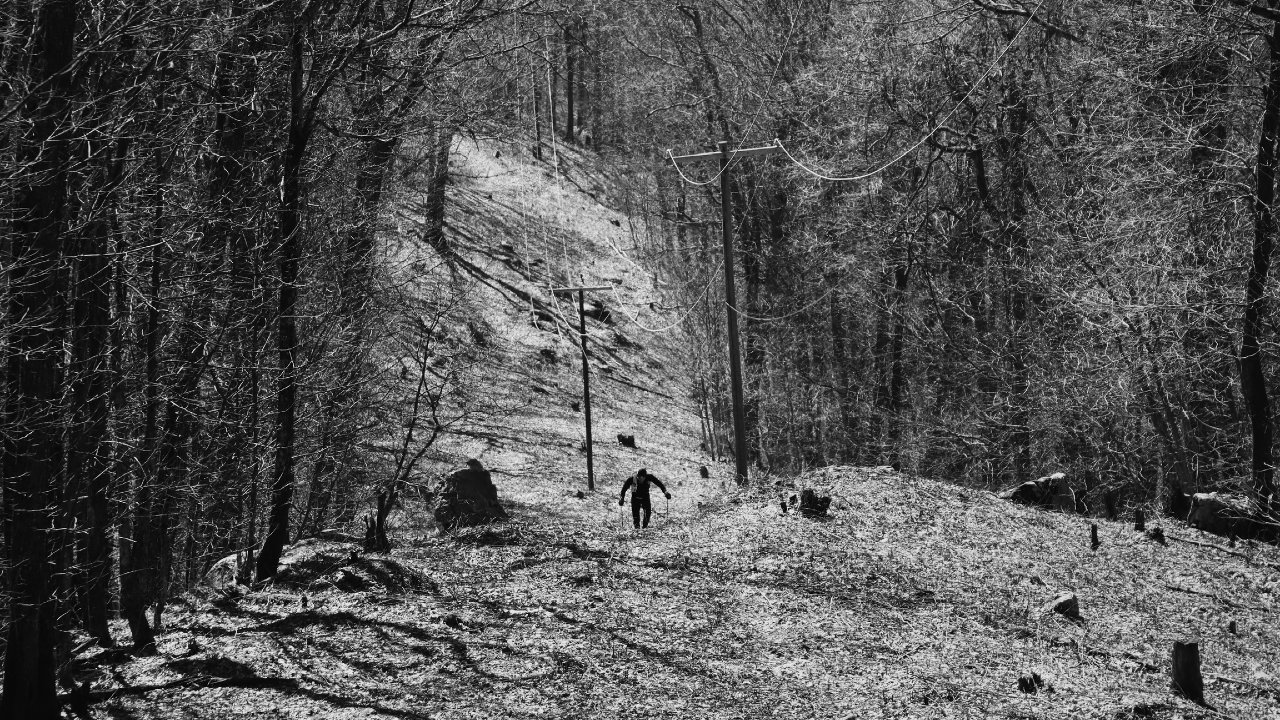
The terrain is mountainous, with 14 different peaks ranging from 1340ft to 3000ft. A vast proportion of the – of course, unmarked – Barkley Marathons route is off trail. Runners can expect to encounter dense forest, clawing briars – hungry for flesh. And a whole lot of climbing. In fact, those who do complete all five loops of the Barkley will have climbed and descended the equivalent of going up and down Mountain Everest. Twice.
Sections of the Barkley route have earned themselves nicknames including ‘Danger Dave’s Climbing Wall’, ‘Leonard’s ButtSlide’, ‘Rat Jaw’ and ‘Testicle Spectacle’. That gives you just a small snapshot of all the quirks and idiosyncrasies associated with the Barkley Marathons.
What makes the Barkley Marathons so hard to finish?
To date, of the approximately 1,000 runners who’ve started, only 20 people have been able to finish the Barkley Marathons. That eyebrow raising DNF rate is by design. Lake wanted to create an event which teetered on the tipping point of impossibility. An opportunity for those brave enough to start, to discover what it means to try, to fail, and to venture to the very edge of their physical and mental limits.
“Frozen” Ed Furtaw, the first ever Barkley finisher wrote in 1996: “Unlike other ultras in which race management and volunteers do their best to help as many runners as possible finish, Barkley is intentionally set up to minimize the number of finishers, while still trying to keep it within the limits of possibility.”
In 2024, British ultrarunner Jasmin Paris made history when she became the first woman to complete the Barkley Marathons.
Terrain and weather conditions
Perhaps the most obvious contributor to the difficulty of the Barkley is the terrain and the weather conditions. Runners tackle a huge amount of elevation – as tough on the body going down as it is going up. Underfoot, the ground can be boggy, uneven, slippery. Or all three. Large parts of the route take runners off the trail, into dense forest. The weather is also notoriously changeable. Runners can expect to encounter everything from heat, to freezing temperatures. Pouring rain, dense fog and snow to scorching sunshine.
Navigation
This is not your typical ultramarathon. There’s no GPS. No waymarks, and no aid stations. The route is altered every year. And checkpoints are marked only by books – tucked away in obscure places which runners must locate to tear out a page to prove their compliance with whatever twists and turns Lake has devised once they get back to camp.
Add in darkness, physical exhaustion, sleep deprivation-induced hallucinations and those challenging weather conditions we’ve already mentioned. And navigation becomes something that undoes even the experienced Barkley veterans, year in and year out.
Difficult by design
Can you imagine heading to a race, not knowing what time you’ll have to start? That’s precisely what Lake inflicts upon the runners at the Barkley Marathons. At any time in a 12 hour window, the iconic conch can be blown – signalling a one hour warning until the race begins. That might be at 1am. Or 9am. Or any other time in between. Runners will either spend the night before the race, lying awake listening for the conch. Or, missing out on any opportunity to sleep at all, be sent out into the wilderness in the dead of night.
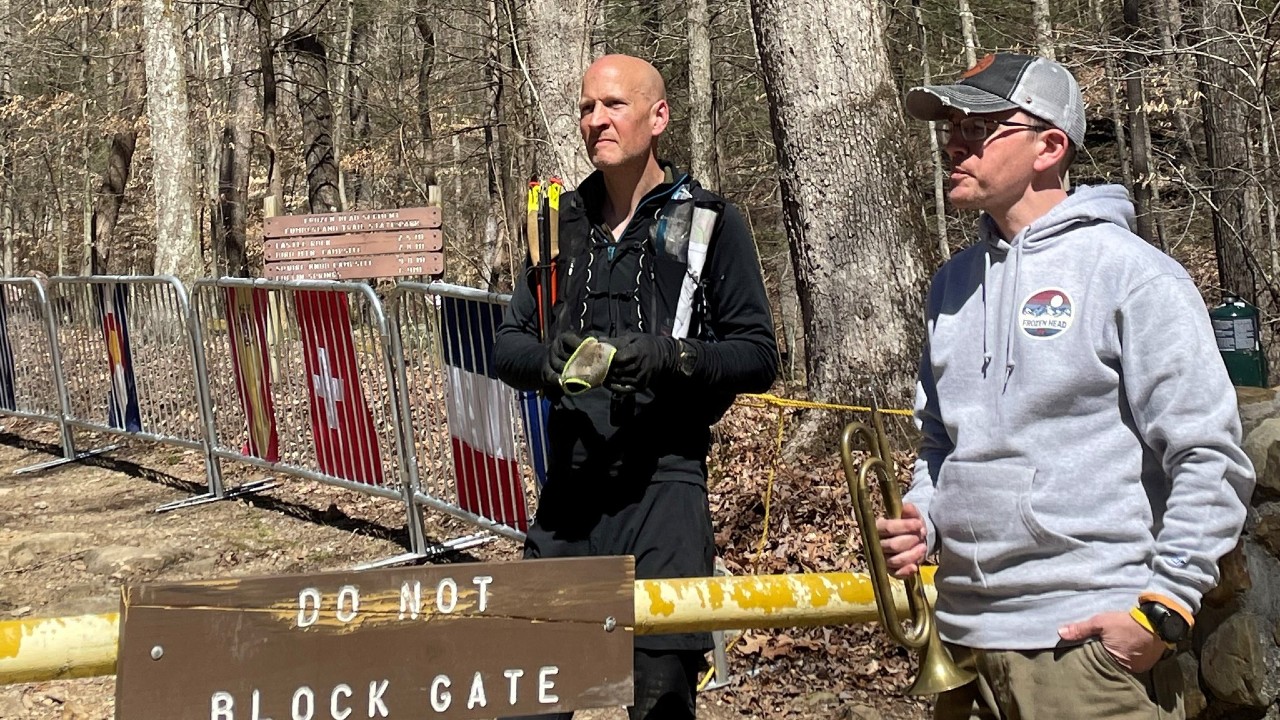
Not only is GPS not allowed. Since 2017, runners are handed an analogue watch which is set to read 00:00 when the race starts – regardless of the “real” time. This further adds to the otherworldly sense of disorientation. It’s as much a mental game as it is physical.
The route is altered every year, and it’s whispered that if there are finishers then Lake will endeavour to make the race even harder the following year. The Barkley Marathons will do you no favours. And that’s what captures the imagination of so many would-be contenders.
Why is it so secretive?
While other ultramarathons race towards popularity, publicity and ever-growing participant numbers. The Barkley Marathons trades only in notoriety and deliberate obscurity. There’s no website, no route maps. Even how to enter is a closely guarded secret – with runners having to work out when and where to send an essay (along with the $1.60 entry fee) for themselves.
The secrecy is perhaps partially down to the very restrictive nature of Frozen Head State Park only allowing a small number of runners each year. But it’s also down to Lazarus Lake himself – an embodiment of the counterculture that the Barkley represents. Social media presence, live streams: none of that sits with the raw nature of this event. Besides, providing would-be Barkers with a website to refer to, a straightforward entry process and the opportunity to recce the route ahead of time would only serve to make the race easier. And that’s the opposite of what Lake wants to achieve.
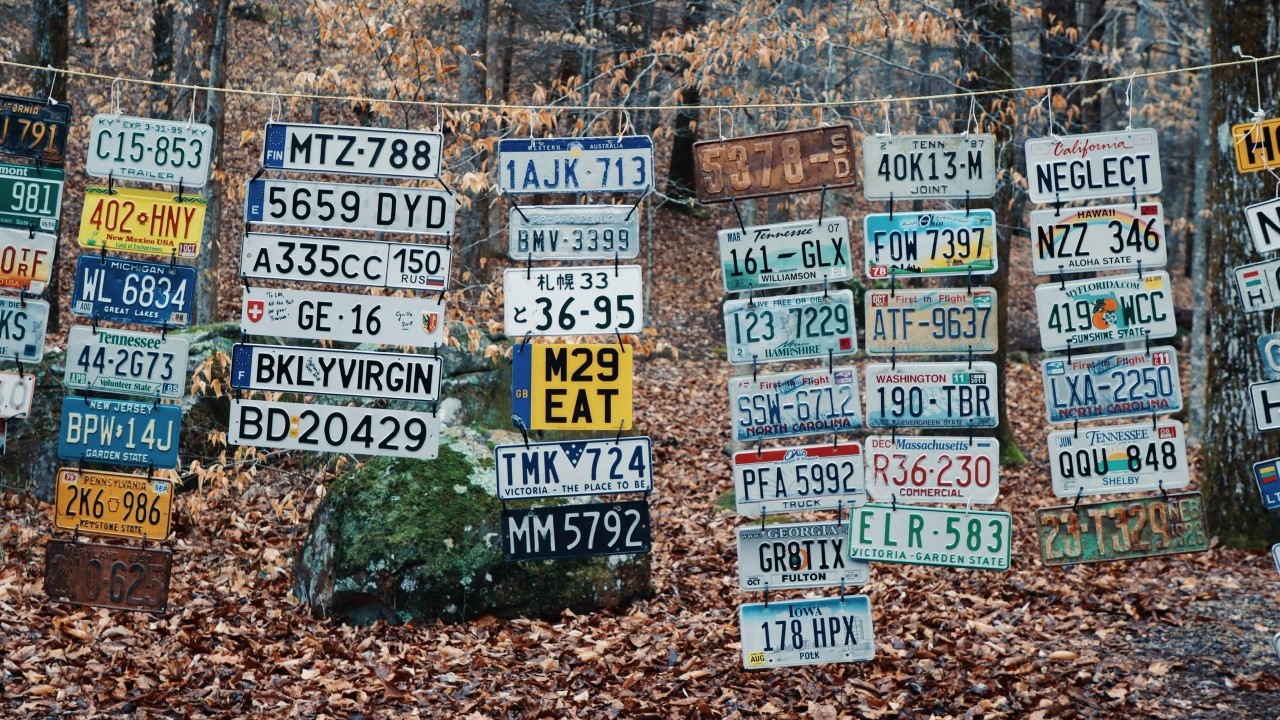
Since ‘The Race That Eats Its Young’ documentary, the Barkley Marathons is on far many more people’s radar. And yet, even that and the many other films out there, only give away just enough to build the intrigue – without spilling the campfire beans.
The only way to truly know everything about the Barkley Marathons, is to go and attempt it for yourself. Something that only a select few will ever have the opportunity to experience.
Head over to our Barkley Marathons race preview for everything we know so far about the 2025 event, how to follow when it starts plus the previous finishers and records.


